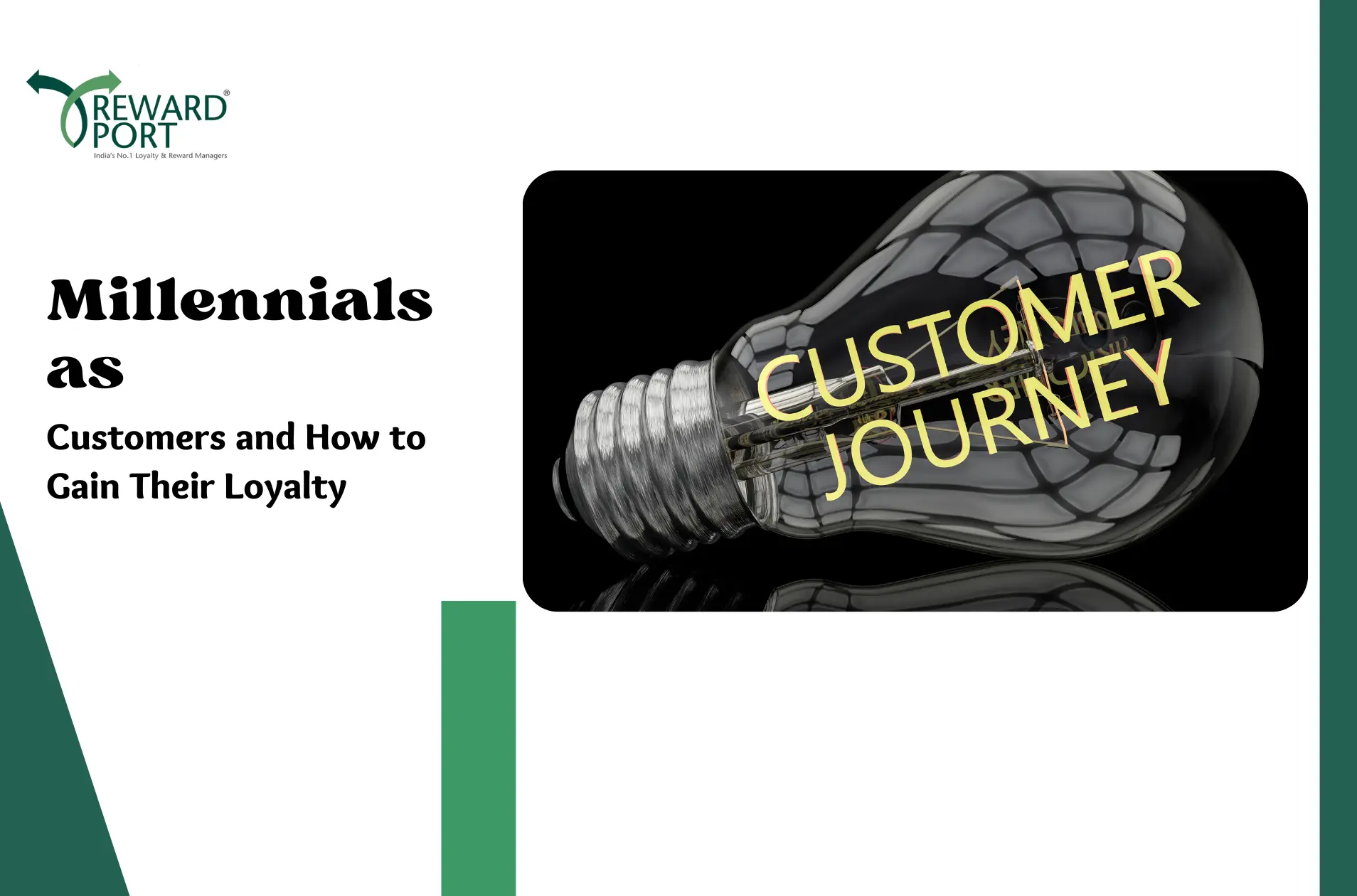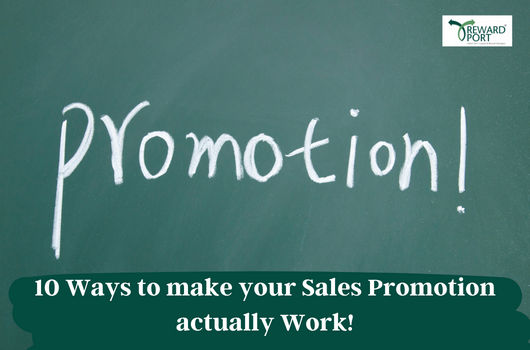
It is the age of the millennials — also commonly known as the Gen Y. This savvy generation not only […]

Numbers never lie and if numbers are to be believed, take a look at following industry figures of impact of […]

The online ecommerce juggernaut may seem invincible, but players like Flipkart, Snapdeal, or Amazon have a major Achilles heel. Research […]

A Garter Survey says that 98% marketers say online and offline marketing are merging. What does it mean for offline businesses […]

Over the past decade we have had the opportunity to work with many of the leading brands across the country, […]

First let us accept the fact – people love taking selfies! According to various reports, the average millennial will take 25,700 selfies […]

Sales promotions are a great way for any organization to incentivize & reward potential customers and motivate them to make the purchase. The […]

